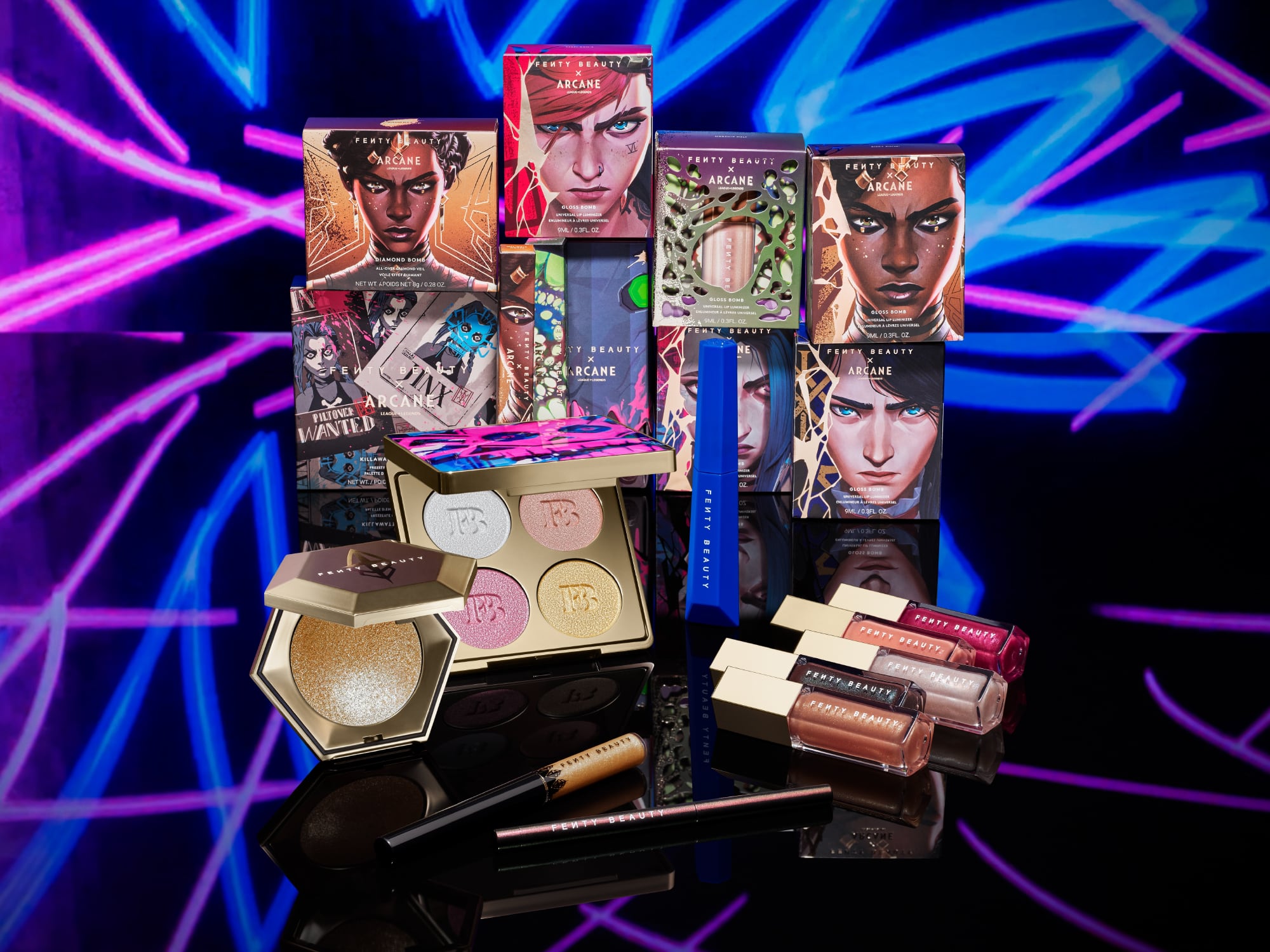Two deals announced on September 2 by personal care product manufacturers, an acquisition of Solo Laboratories by Bradford, and a licensing agreement with RiKarbon, Inc. by Pilot Chemical Company, represent the shift in how personal care M&A is broadening beyond traditional strategic buyers.
Bradford expands capabilities through Solo Labs acquisition
Bradford, a Gemspring Capital portfolio company and long-time developer of solid personal care products, acquired Solo Laboratories, a specialist in liquids and aerosols. In a company press release, Bradford stated that the combination creates “a unified manufacturing platform designed to accelerate innovation across solid, liquid, and aerosol product categories.”
Bradford CEO Shaun Gaus commented, “Solo Labs has a well-established reputation for flexibility and innovation, and we’re excited to welcome their team and customers into the Bradford family.” Solo Labs President Jim Jackson added, “This acquisition ensures continuity for our customers while giving us the opportunity to offer an expanded set of products.”
Kristin Steen, Managing Director at Gemspring Capital, further described the deal as “transformational,” noting it expands capabilities while preserving the strengths of both organizations.
Pilot licenses sustainable tech from RiKarbon
Pilot Chemical Company announced an exclusive global licensing agreement with RiKarbon, Inc. for its UpSycal BA14 and BA17 emollient technologies. The products are designed as sustainable replacements for D5 emollients in personal care formulations, with up to 100% biobased carbon content.
“We are thrilled to partner with Pilot Chemical Company to bring our UpSycal emollient technologies to a broader market,” said Basudeb Saha, CEO and founder of RiKarbon, in a company press statement.
Pilot’s Vice President of Growth and Innovation, Graeme Biggin, added, “These advancements bring unique and versatile emollient products and drop-in D5 replacements to our portfolio and also reinforce our commitment to providing sustainable and high-performance solutions to our customers.”
Market context: Strategics more selective
While strategics have historically driven beauty M&A, the environment has shifted, Asher Cohen, Associate Partner at OC&C Strategy Consultants, told CosmeticsDesign. Prior to 2020, large beauty groups benefited from stable retail channels and strong traditional media capabilities, he added.
“Strategic buyers benefitted from a relatively stable retail environment, which gave advantaged access to bigger brands.”
The pandemic, however, disrupted that model by accelerating the growth of social media–driven, digitally native brands, “many of which were based on social media and suddenly had access to much wider audiences than ever before,” said Cohen. He added that some acquisitions during that period faltered as strategics struggled to manage brands that didn’t fit their existing model.
Financial sponsors fill the gap
With strategics more cautious, Cohen said private equity and financial sponsors are increasingly active, though many are still adapting to the category. “There is real excitement about being able to participate in a category which has, for a long time, been hard for financial sponsors to play in,” he said. “There is often a challenge in getting comfortable with the more emotional side of a brand’s appeal.”
Cohen pointed to hybrid models, such as Yellow Wood’s ownership of Suave and Q-tips, as an approach that combines stable brands with growth investment. “Some large, stable and cash positive brands… deliver steady cashflow and significant customer relevance, but [are] owned by a PE fund who can take a more aggressive approach to investment and acquire new brands which would benefit from this reach,” he shared.
Cohen expects these dynamics to remain in place over the next 12–18 months. “Strategics will continue to be cautious, creating a void for financial sponsors, but vendor valuations remain high,” he concluded.





